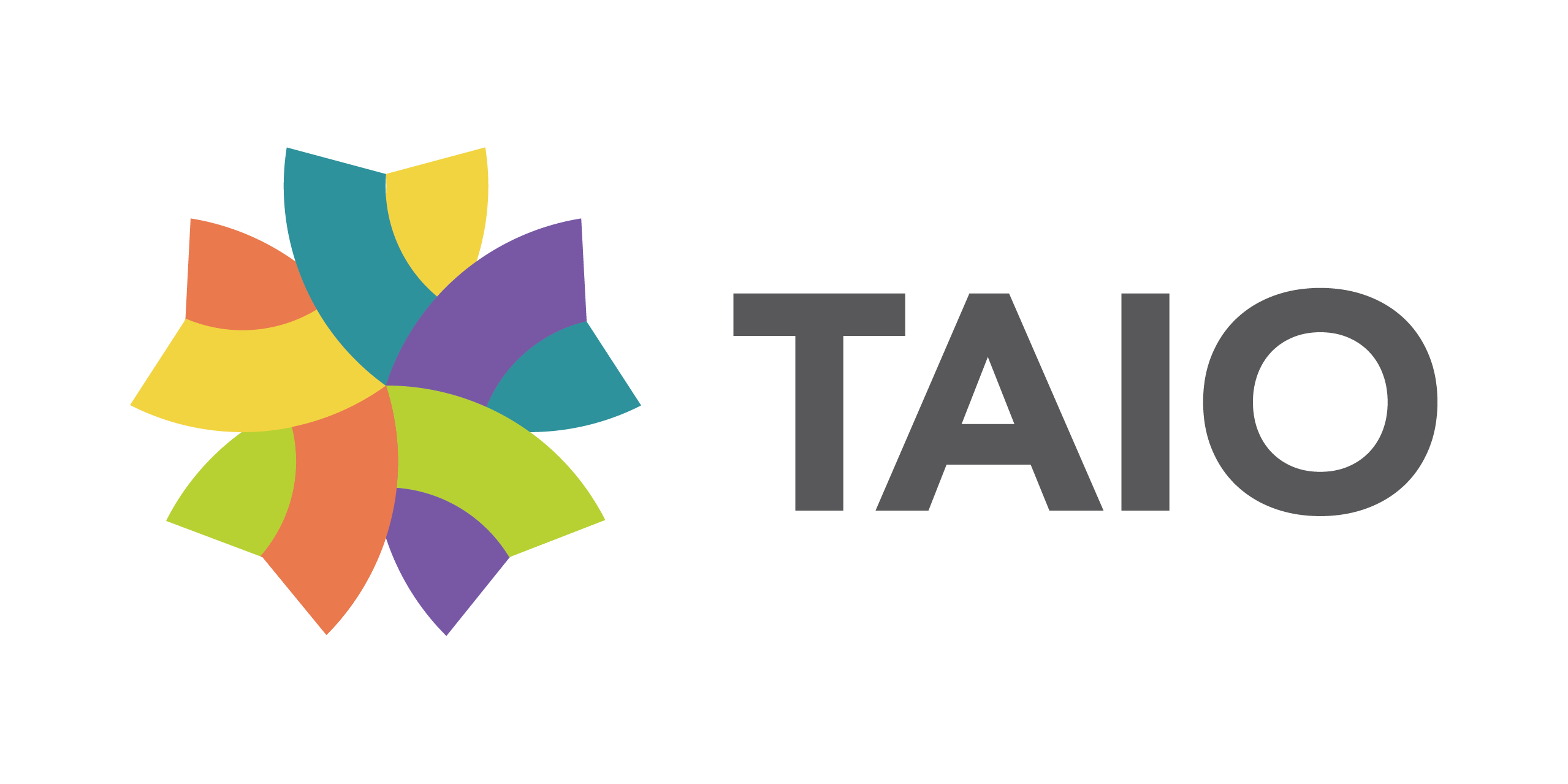Cultural barriers can create obstacles in communication, leading to misunderstandings and inefficiencies. A diverse workforce can include differences in language, work ethics, and social norms. For instance, in some cultures, direct eye contact is a sign of confidence, while in others, it can be perceived as disrespectful. When it comes to outsourcing, it’s important to recognize and address these differences from the very beginning.
On this page
Key Takeaways

Understanding cultural fit involves ensuring that the outsourced team's values, beliefs, and practices align with those of your agency.

Identifying potential risks of misalignment can help prevent issues like miscommunication and compromised patient care.

Differentiating between corporate and regional cultures allows for better management of cultural differences in client interactions.
Outsourcing home healthcare processes can be a strategic move for agencies looking to improve efficiency and reduce costs. By delegating tasks to external providers, agencies can focus more on core functions like patient care and strategic planning. However, cultural barriers can pose significant challenges that may undermine these benefits. Having a good grasp of cultural fit in this context is crucial.
Cultural fit means ensuring your outsourced team aligns with your home healthcare agency’s values, beliefs, and practices. This helps prevent miscommunication, which can lead to errors and compromised patient care. Moreover, a well-integrated outsourced team can enhance patient care by providing services that are consistent with your agency’s standards.
Promoting a harmonious corporate culture is key to maximizing the benefits of outsourcing. And ensuring that everyone understands and respects cultural differences, especially those from other countries, helps to minimize potential pitfalls.
Identify Cultural Barriers to Outsourcing
Cultural barriers can significantly impact outsourcing. Misunderstandings due to language differences, varying approaches to problem-solving, and differing work ethics are common issues. Here are the main cultural differences to be aware of:
Language Barriers
Differences in language can lead to miscommunications and misunderstandings, affecting the quality of work and patient care. For example, a medical instruction or jargon given in English may be misinterpreted by a non-native English speaker, leading to incorrect patient care actions.
Work Ethics
Varied work ethics and practices, such as differing attitudes towards punctuality and hierarchy, can create conflicts and dissatisfaction. For example, some cultures highly value punctuality, while others have a more relaxed approach to time.
Communication Styles
High-context cultures rely on implicit messages and non-verbal cues, while low-context cultures prefer direct and explicit instructions. For example, a high-context team might use indirect language, expecting others to read between the lines, while a low-context team expects clear, direct communication. This mismatch can lead to confusion and frustration.
How to Overcome Cultural Differences

Communication is at the heart of any successful relationship. And it’s no different for outsourcing. Evaluate how the company and their employees communicate.
- Do they speak using clear, concise language?
- Are their practices empathetic and compassionate?
- How do they perform face-to-face?
These factors are essential for aligning with your agency’s standards. Also, consider their use of jargon and how it fits with your team’s style.
It’s also important to consider cross-cultural communication, which involves comprehending and navigating different cultural communication styles. This can include differences in verbal and non-verbal communication, such as body language. In different countries, nodding can mean agreement, while in others, it might simply indicate that the person is listening.
#1 Training and Education Programs
Assess the outsourcing partner’s commitment to cultural competence through their education programs. Look for two types of campaigns:
- Managed by the vendors: These programs should include basic diversity training to ensure their employees can interact effectively with your team and patients.
- Managed by the company (client): These programs can be tailored to address specific cultural gaps identified within the team. Incorporating client-specific modules can bridge any knowledge gaps.
These programs should cover cultural diversity and cross-cultural communication. These programs help employees accommodate cultural differences and improve their ability to interact effectively with colleagues from diverse backgrounds. Teaching cultural competence can also include simulations and role-playing exercises to prepare employees for real-world scenarios.
#2 Values and Ethics
It’s vital to determine if the outsourcing company’s core values and ethical standards mirror your agency’s. Discuss their approach to ethics and how they handle potential mismatches. An alignment of values and beliefs ensures a seamless integration into your team, fostering trust and cooperation. This can lead to better collaboration, a more cohesive work environment, and help create a sense of shared purpose.
Note that not all outsourcing companies prioritize this alignment, so choose carefully.
#3 Have a Conversation with the Outsourcing Provider
Engage in an open conversation with the leadership of the outsourcing company. This should flush out any cultural barriers to communication and help identify areas that need attention. Seek feedback and cascade these insights to ensure all team members are aware of and can accommodate these cultural nuances.
Doing this early in the process can help set clear expectations and build a foundation of trust. It’s also an opportunity to address any preconceived notions and find solutions to potential cultural barriers. Open communication can prevent misunderstandings and promote a positive working relationship.
#4 Understand Different Roles in Home Healthcare
Understanding the various roles within home healthcare is crucial. For example, marketers rely on commissions and referrals. If outsourcing agents fail to book patients effectively, it can damage marketers’ reputations and affect their earnings. Recognizing the pressure on different roles can help create a supportive and understanding work environment.
Each role within the home healthcare team has its own unique challenges and responsibilities. By understanding these roles, you can better support your team and ensure that the outsourcing partner is aware of and respects these differences. This can also help in creating targeted programs to address specific needs.
Same Language, Different Meanings
Even when speaking the same language, differences can lead to different interpretations. For example, humor or idiomatic expressions might not translate well, leading to confusion or offense. It’s essential to be mindful of these nuances and strive for clarity in all communications.
A language barrier can also affect written communication. Different cultures may have different writing styles and expectations. For example, some cultures prefer detailed, formal reports, while others may favor concise, informal communications. Knowing this can help improve communication and prevent errors.
Embracing Cultural Diversity in Outsourcing
Having and working with a diverse company can bring numerous benefits for your business, including fresh perspectives, ideas, and innovative solutions. However, it also presents challenges such as varying expectations and work styles. This involves recognizing its value while actively working to integrate diverse viewpoints into a cohesive team strategy.
Diverse teams can bring new ideas and different ways to problem-solving. And by embracing this, you can create opportunities for innovation and growth. However, it’s important to manage this effectively to avoid creating barriers. This can include implementing policies that promote inclusivity and respect for different cultures.
Red Flags to Watch Out For in Cultural Fit
When evaluating an outsourcing partner, be on the lookout for warning signs that indicate a poor cultural fit. These include:
- Lack of clear communication: If the company struggles to communicate clearly, this can lead to misunderstandings.
- Absence of diverse leadership: A lack of diversity at the leadership level can indicate a lack of cultural awareness.
- Provider unaware of cultural gaps: If the provider doesn’t recognize or address cultural gaps, it can lead to ongoing issues.
- Lack of cultural competence and examples of implemented cultural training: Without proper guidance, employees may not be equipped to handle cross-cultural interactions effectively. This shows a lack of commitment to cultural competence and being inexperienced in handling cultural differences in outsourcing.
Ensuring Cultural Alignment for Successful Outsourcing
Assessing cultural fit is vital when selecting an outsourcing company. Identify your agency’s values and communication styles, then find a partner that aligns with these elements. Proactive engagement and clear communication with potential partners ensure smooth integration, fostering a cohesive team that enhances patient care.
Overcoming cultural barriers in home healthcare outsourcing demands dedication and adaptability. Adopt the right strategies and maintain an open mind to ensure a successful and beneficial relationship while upholding high standards of patient care.





